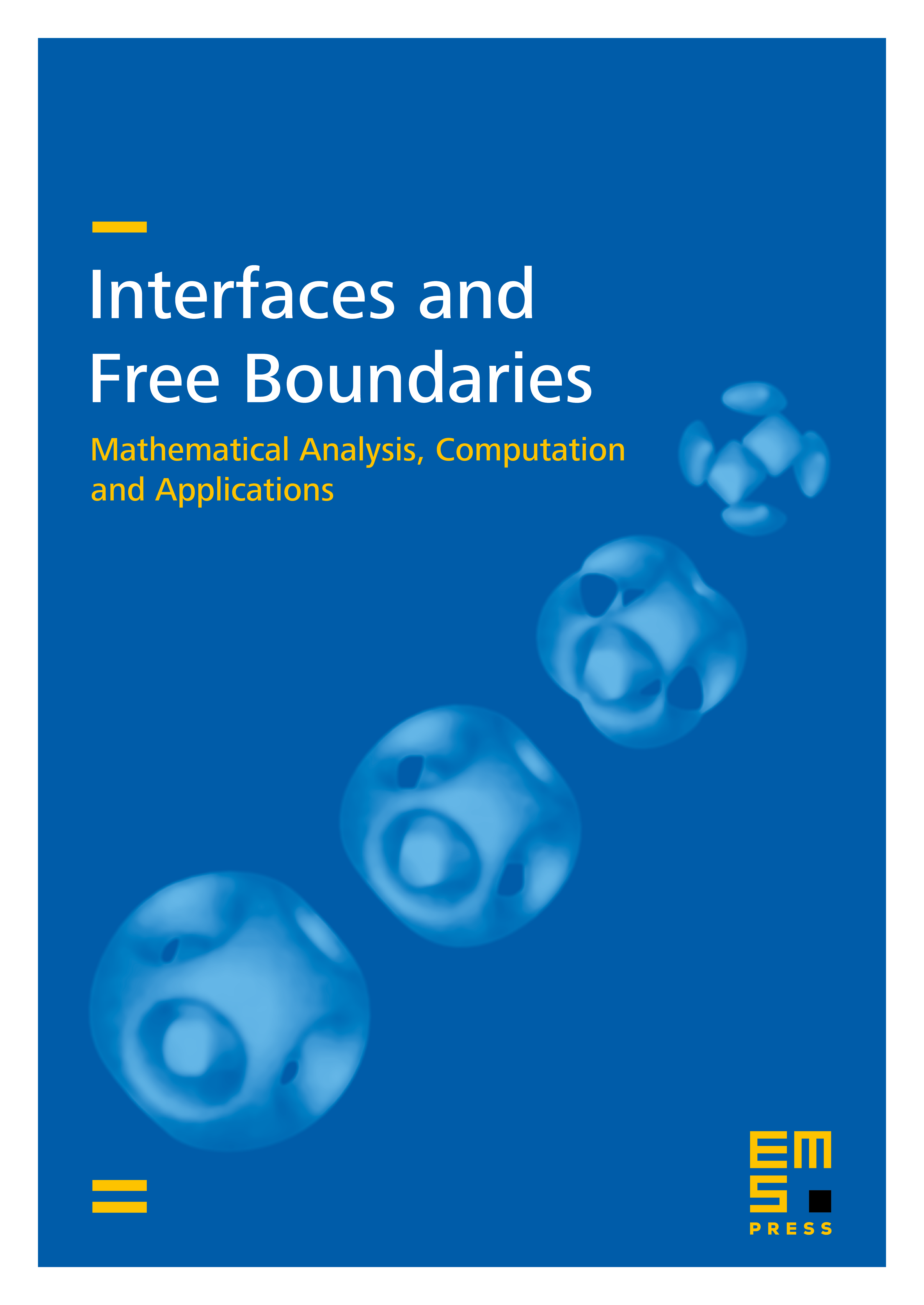The Cahn-Hilliard equation with elasticity-finite element approximation and qualitative studies
Harald Garcke
Universität Regensburg, GermanyMartin Rumpf
Universität Bonn, GermanyUlrich Weikard
Universität Bonn, Germany

Abstract
We consider the Cahn-Hilliard equation-a fourth-order, nonlinear parabolic diffusion equation describing phase separation of a binary alloy which is quenched below a critical temperature. The occurrence of two phases is due to a nonconvex double well free energy. The evolution initially leads to a very fine microstructure of regions with different phases which tend to become coarser at later times. The resulting phases might have different elastic properties caused by a different lattice spacing. This effect is not reflected by the standard Cahn-Hilliard model. Here, we discuss an approach which contains anisotropic elastic stresses by coupling the expanded diffusion equation with a corresponding quasistationary linear elasticity problem for the displacements on the microstructure. Convergence and a discrete energy decay property are stated for a finite element discretization. An appropriate timestep scheme based on the strongly A-stable [Theta]-scheme and a spatial grid adaptation by refining and coarsening improve the algorithms efficiency significantly. Various numerical simulations outline different qualitative effects of the generalized model. Finally, a surprising stabilizing effect of the anisotropic elasticity is observed in the limit case of a vanishing fourth-order term, originally representing interfacial energy.
Cite this article
Harald Garcke, Martin Rumpf, Ulrich Weikard, The Cahn-Hilliard equation with elasticity-finite element approximation and qualitative studies. Interfaces Free Bound. 3 (2001), no. 1, pp. 101–118
DOI 10.4171/IFB/34